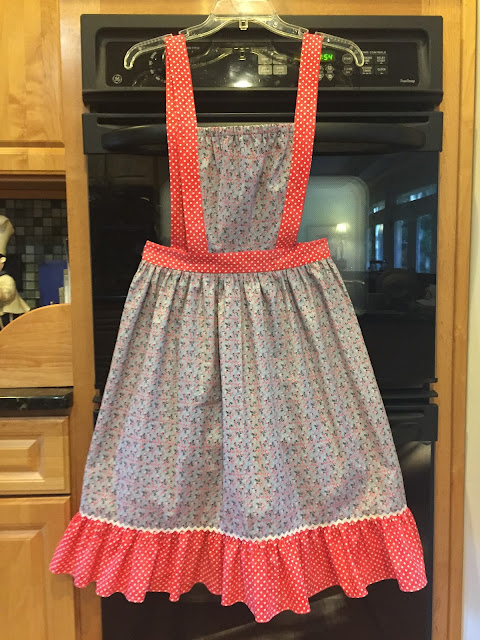In the meantime, I am doing volunteer work in my field. I sit on a local Historic Preservation Commission and I work part-time at a history museum. (This is exactly what I wanted to do when I went for the degree, only I hoped to be PAID for it!)
One of my jobs at the museum is deciphering 19th century letters like this and transcribing them:
(If this doesn't look like fun, then I can't explain it. Either you love this kind of thing or you don't.) ;)
When they found out I could sew, I was quickly given a project. This, of course, is a costume, not an authentic reproduction dress. (It has a zipper up the back and everything.) But this was the pattern they asked me to make.
Here is this is the dress on the girl I made it for - not yet hemmed. She wasn't available for fittings, so the waist turned out a tad too big, even though the size matched her measurements. She said not to worry, since she will be wearing an apron with it (which I will undoubtedly make as well!)
I thought the dress looked awfully plain (they didn't want any of the trims included with the pattern) so I picked up my crochet hook and made a collar. It looks great with the dress, I think, and the museum staff was duly impressed.
Then they asked me to make some vintage-style aprons. JoAnn actually has a line of print fabrics reminiscent of the 1930s and 1940s.

I loved this print, especially!
Anyway, this sort of thing keeps me busy until I can find paying gigs...










